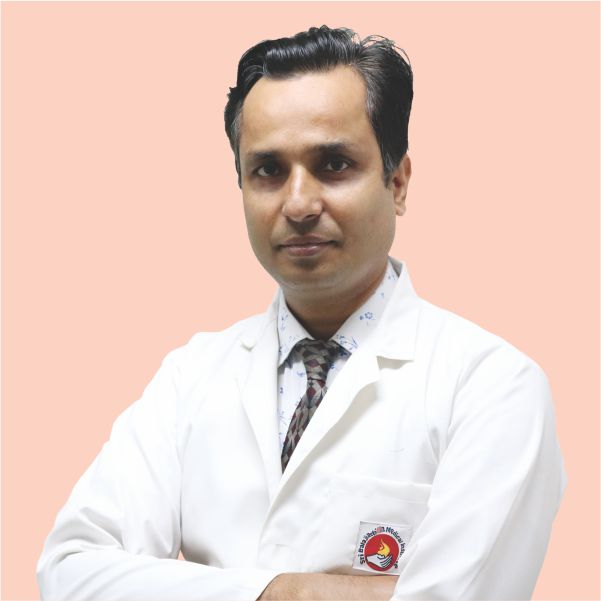Spinal disorders and conditions that cause instability or severe pain often require surgical intervention to restore function and alleviate discomfort. One of the most effective and widely used surgical procedures for such cases is spine fusion surgery. This innovative procedure aims to fuse two or more vertebrae, stabilizing the spine and reducing pain. Through advancements in surgical techniques and instrumentation, spine fusion surgery has become a cornerstone of modern spinal care.
011-42888888 to book an appointment with a specialist at Sri Balaji Action Medical Institute.

Sr. Consultant
.jpg)
Sr. Consultant